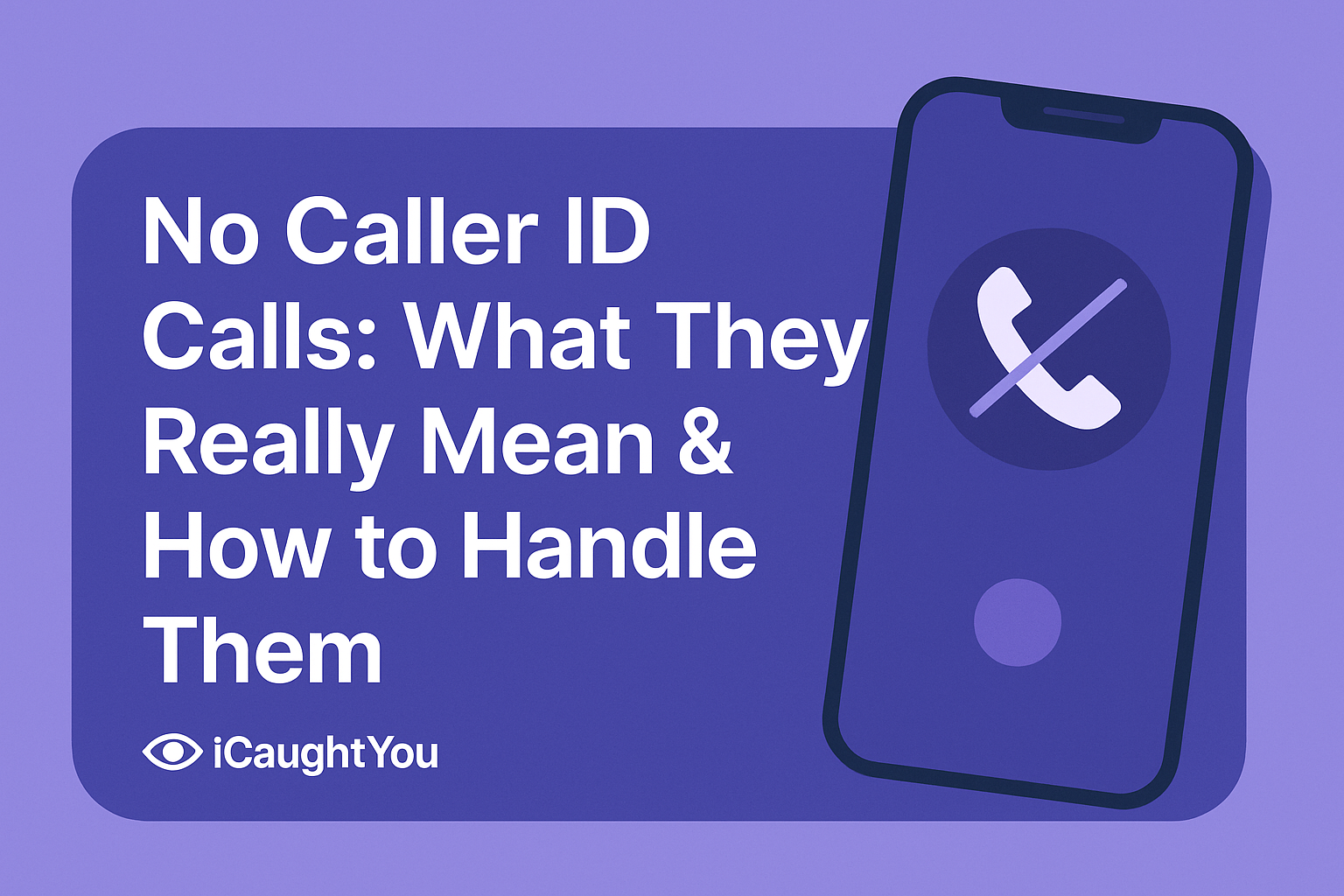
Published 08/14/25
What Is a “No Caller ID” Call?
A “No Caller ID” call is when the person on the other end intentionally hides their phone number. Your phone will show No Caller ID instead of a regular contact name or number. While not all of these calls are malicious, the lack of transparency can be frustrating — or even alarming.
Why Do People Use No Caller ID?
Privacy Concerns: Some individuals choose to block their number for personal safety or confidentiality.
Businesses: Customer service teams sometimes mask their lines to route calls through a central system.
Telemarketers: To bypass call-blocking technology and reach more people.
Scammers: Hoping anonymity will increase the chance of picking up.
The Difference Between “No Caller ID” and “Blocked” Calls
No Caller ID: The caller has intentionally hidden their number before placing the call.
Blocked Caller: The caller’s number has been flagged or blocked by your phone or a third-party service after being identified.
Knowing this distinction helps you understand what you’re dealing with — and how to respond.
How to Handle No Caller ID Calls
1. Don’t Pick Up if You’re Unsure
Answering a call from an unknown source can open the door to scams or unwanted conversations. If it’s important, they’ll likely leave a voicemail.
2. Use a Caller ID App
Apps like iCaughtYou can reveal the real number behind No Caller ID calls, letting you decide whether to respond or block them permanently.
3. Adjust Your Phone Settings
On most smartphones, you can silence calls from unknown numbers so they don’t interrupt you.
4. Report Suspicious Numbers
If you identify a scam or spam number, report it to your phone carrier or through the FTC’s complaint assistant.
Why Identifying No Caller ID Calls Matters
When you unmask No Caller ID calls, you:
Protect yourself from fraud and harassment.
Make informed decisions about who you communicate with.
Reduce interruptions from nuisance calls.